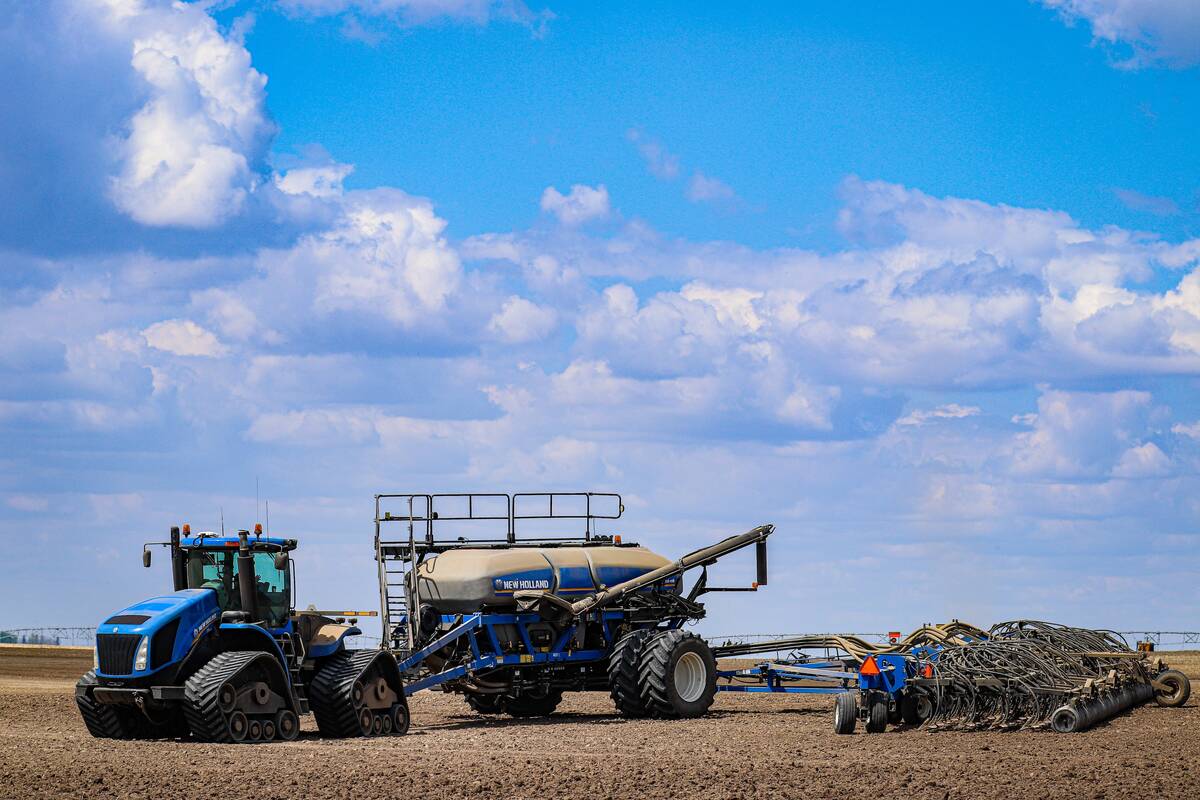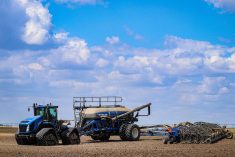SOUTHWEST
Frequent precipitation was widespread, which improved crop conditions.
Canola crops in particular responded well to the frequent moisture and warm temperatures. Spraying of reseeded canola for sclerotinia was widespread.
Fungicide applications have occurred in some soybean fields as a result of the warm, moist conditions, heavy crop canopies and white mould development.
Cereals are recovering from lodging in some areas, but many crops remain lodged.
Natural predators are controlling cereal armyworm populations.
NORTHWEST
Read Also

NFU says proposed plant breeders’ rights come at farmers’ expense
The National Farmers Union is pushing back against changes to the Plant Breeders’ Rights Act that would narrow the scope of farmers’ right to save seed or propagate crops from cuttings and tubers.
Precipitation was 50 to 102 millimetres.
Soil moisture conditions improved significantly.
Crops conditions range from poor to very good.
About 85 percent of canola is in full bloom and 15 percent is podded.
Wild oat escapes appear in some wheat fields.
The second cut hay crop is minimal because of limited moisture.
CENTRAL
Unsettled weather conditions resulted in scattered heavy thunder storms, tornado warnings, heavy winds and some reports of hail.
Some fields are still looking for precipitation while others have standing water in low-lying areas and ditches.
Most crops generally look good, but yellowing and stress conditions are becoming more evident.
Most fields do not have sufficient insect numbers to warrant control, although some isolated treatment is occurring.
Alfalfa weevil damage is evident in some fields. Pastures are looking good.
EASTERN
Precipitation accumulations ranged from 10 mm to 75 mm.
Several fields have standing water with drowned crops.
Soil moisture conditions are rated adequate to surplus.
Herbicide and fungicide applications are completed. Insect concerns are limited.
Hay quality is good with about one-third baled or put up as silage.
INTERLAKE
Rainfall ranged from 60 mm to 100 mm in some areas.
Winter wheat fields are starting to turn colour as they approach maturity.
Forage grass seed fields continue to mature and will be swathed soon. Harvest has begun for early maturing forage grass seed crops.
Grasshoppers are widespread in pastures and alfalfa weevils are causing significant damage to crops that are not cut or sprayed.
















